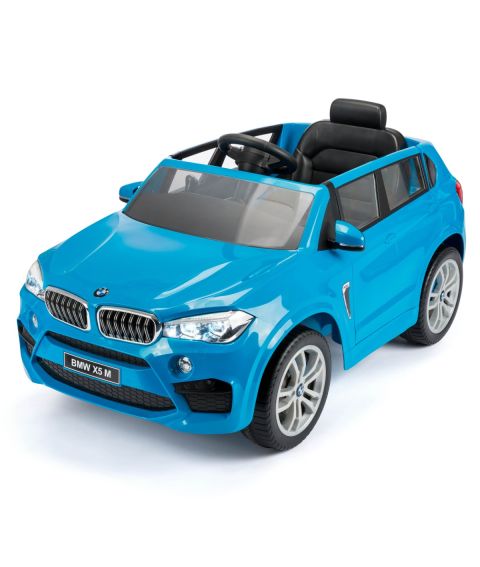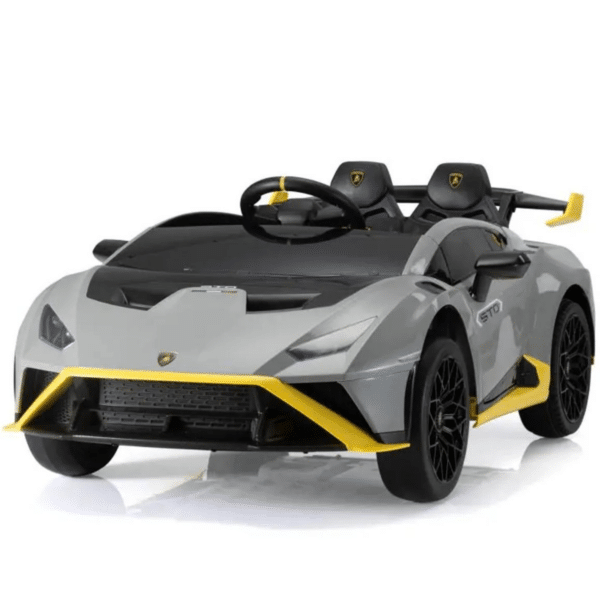Great Ideas On Deciding On Kids Ride On Cars
Wiki Article
What Is The Battery Life Of An Electric Ride-On Kids Car?
Understanding the battery time and the life span of an electric kid's car is essential to ensure your child enjoys a fun and safe ride. Here's what you should be aware of: Battery Type
Most electric rides-on cars can be recharged and utilize either led-acid or lithium-ion batteries. Lead-acid batteries are slower to charge and also have less battery life.
Battery Capacity
The battery's capacity, measured in ampere-hours (Ah) or watt-hours (Wh) is the measure of how long the ride-on car will run on a single charge. Higher capacity batteries provide longer time to play before needing to recharge.
Run Time -
The run-time of an electric ride-on vehicle is the length of time it can run continuously with a single charge. This is influenced by a variety of factors, including the capacity of the battery, power of the motor, terrain, or weight of the rider.
The average run time for electric ride-on cars is between 30 minutes to two hours. However, some high-capacity batteries may offer longer durations.
Charging Time
The charging duration is how it takes for the battery to fully recharge after it has been exhausted. Charge times can vary depending on the battery's capacity or specifications for the charger.
Charge times vary between 8 and 12 hours to complete charge for electric rides-on automobiles. However, some models may offer faster charging times, especially using lithium-ion batteries.
It is essential to adhere to the recommendations of the manufacturer for charging to ensure the security and longevity of the battery. Incorrect charging or overcharging the battery can affect its performance and lifespan.
Charge Methods -
Chargers that charge electric rides are typically connected to standard electrical outlets. Some models can have fast-charging capabilities or include a smart charger that tracks the battery's state of charge and adjusts the charging speed in line with the state of charge.
To prevent damage to the battery or the electrical system, ensure that the charger and the port of the ride-on are compatible.
Batteries Additional -
Certain electric rides on cars offer the possibility to purchase additional batteries or spare batteries to play for longer periods of time. If you have extra batteries, you can swap out the battery that has been depleted to an fully charged battery to reduce downtime.
When you understand the battery's life and charging times of an electric ride-on kids' car, you can ensure that your children have enjoyment and uninterrupted playtime as they explore their surroundings. Regularly charging the battery, and following proper charging practices will help to extend the life of your battery and improve its performance. Check out the best kids cars for website tips including ride a toy, kiddies cars, ride on toy, toy ride, car for toy, toy in car, electric ride along car, lambo toy car, kidscars, childrens electric cars and more. .

What Is The Difference Between Indoor And Outdoor Models Of Kids Cars Designed?
Cars for children have specific features to fit various environments and usage scenarios that are indoors or out. These models are designed differently: Indoor Use Cars
Size and weight The majority of indoor cars are smaller and lighter to allow them to be tucked away in tight spaces like bedrooms, living spaces, and hallways. They are able to maneuver through narrow spaces and tight passageways with ease.
Low Ground Clarity Vehicles in indoor environments have low clearances so that they don't get stuck, or getting caught, on obstacles, such as carpets, rugs, or thresholds. This allows for smooth, continuous movement on indoor surfaces.
Smooth Wheels. Indoor cars often have wheels made from substances that have a smooth surface, such as plastic or rubber. They provide greater grip and traction when used on smooth surfaces such as laminate flooring, hardwood floors or tile. These wheels are designed for indoor use to minimize the sound and also protect surfaces from scratching.
Limited Speed - Indoor vehicles are usually limited to a slower speed to keep control and safety. This can help to prevent accidents and collisions with walls, furniture or other objects found in indoor spaces.
Outdoor Use Cars -
Durable Construction: Cars designed for outdoor use are made of durable materials like strong metal or plastic that can withstand harsh handling, outdoor elements like moisture and sun. They are immune to damage from the elements.
The greater the clearance on the ground is, the better equipped they are to deal with bumps and uneven terrain. They are able to traverse rough surfaces, including pavements as well as gravel and grass.
Traction tires - Tires that are designed for outdoor vehicles typically come with treads and patterns which provide greater grip and traction when driving on slippery or uneven terrains. This helps ensure stability and control while driving on rough terrain that prevents sliding, skidding, or sliding.
Weather-resistant components - Cars intended for outdoor use might have weather-resistant parts like electronic components that are sealed with waterproof casings, or corrosion-resistant materials. These elements safeguard the car from moisture and environmental damage. The car can be subjected to mud, rain, and puddles with no performance degradation.
Outdoor-use vehicles have a higher speed limits to allow for large areas and distances. Children can enjoy a more adventurous and thrilling riding experience.
If you take into consideration these design features and traits, parents are able to pick a car for kids model that is tailored to their particular needs and environment, whether outdoor or indoors, and ensuring a safe, enjoyable and lasting experience for their child. Check out the top rated find out more on remote control childrens cars for site examples including a toy car, a toy car, two seater childrens electric cars, electric ride on, childrens electric ride on, kiddies cars, childs car toy, childrens electric cars, ride electric car, toy ride and more. .

How Do You Choose The Budget Of A Ride-On Car For Your Child?
The process of setting a budget for your kid's ride-on car purchase is a process that involves weighing a number of factors like the features, durability as well as your financial position. This is how to find the best budget and price-to-value.
Start by looking up the price average of ride-on cars for kids that have the features you want. Prices for different types can be found on online retailers, toy stores as well as manufacturers' websites.
Choose Must-Have Feature to Have -
Pick features that guarantee your child's safety and security. Options like working headlights, or realistic sound effects could affect the price.
Prioritize your features through comparing your budget to your child's preferences.
Take into consideration durability and length of Life -
Search for durable ride-ons constructed of top-quality materials such as plastics or metals that can withstand years of use and harsh outdoor conditions.
To get a better understanding of the longevity and durability, you can read reviews or ask for other parents' recommendations. A large upfront investment of than the cost of a premium ride-on vehicle could result in savings over the long term by avoiding repair and replacement.
Comparing the Costs of Different Retailers
Shop around to compare prices to get the best price. Check online retailers, local toy stores, department stores, and other specialty stores for the most competitive prices and specials.
Be on the lookout for any sales, discounts or clearance sales. These can help you save money on your purchases while not sacrificing their quality.
Include additional costs
Also, you should consider any other costs that might be incurred by purchasing a kid's ride-on car. These could include shipping, taxes or accessories, such as spare batteries or safety equipment.
Plan the costs of your vehicle, including any accessories or maintenance.
Budget realistically
After looking into your options and assessing the financial position of your family, create a budget that reflects your preferences and prioritizes. Consider the features, durability and long-term use when setting your budget for a ride on car.
The expense of spending too much money on unneeded features or items that do not add value to the play experience of your child is not recommended.
Take into consideration the value of long-term planning Take into consideration the value over time
A ride-on kids' car that is durable, versatile and capable of growing with your child is an excellent investment. A high-quality model with many features could prove more beneficial in the long run than a less expensive model that is less durable.
Set a realistic budget for purchasing an automobile that rides on for kids and evaluate the prices, features and longevity. It is important to prioritize features that are essential to your child's enjoyment and safety, while still remaining within your budget. Read the top kids cars kidscars.co.uk tips for website recommendations including ride electric car, toy cars, kids electric cars, kids electric cars, electric ride along car, toy toy cars, ride on car, ride on toy, toy toy cars, childrens electric ride on and more. .
